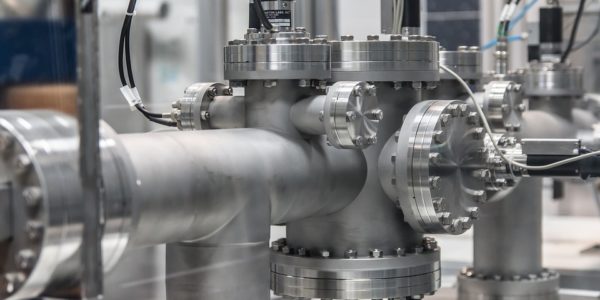It’s getting hotter. In England, temperatures hit 104 degrees Fahrenheit. Postal workers in some parts of Britain stopped delivering mail. Continental Europe is seeing heat-related deaths, and France has declared a heat emergency. In the U.S., summers are getting hotter, longer, and more dangerous as deaths from heat climb.
Do you think this makes no difference to your machinery?
How does Indramat machinery handle heat?
The good news is that Indramat servo motors are designed to work in extreme heat conditions. Ambient temperatures up to 113 degrees are tolerable for most Indramat components. Servos and other units often have cooling fans, or are housed ins air conditioned chambers. They’re designed for efficient heat dissipation and made from materials that can withstand high temperatures.
If your human workers can handle the heat, your Indramat components are probably okay.
However, that’s assuming that things are working the way they’re designed to work. Often we see Indramat units in cabinets that used to be air conditioned, with the doors propped open and a box fan pointing at them. This doesn’t keep them cool.
In fact, it can end up pushing lots of dirt into the innards of the component, and dirt is machinery’s enemy.
What happens if your Indramat component gets too hot?
If a servo motor does overheat, it will automatically shut down to prevent damage. You’re likely to see one of the following error codes if overheating is about to happen or has already happened:
- E250 Heatsink Overtemperature Warning
- E251 Motor Overtemperature Warning
- E252 Bleeder Overtemperature Warning
- F218 Heatsink Overtemperature Shutdown
- F219 Motor Overtemperature Shutdown
- F220 Bleeder Overtemperature Shutdown
Pay attention to those warnings and you may be able to avoid the shutdowns.
Don’t forget the human workers
You may keep temperatures down for your machinery, but don’t forget the health of your human workers. Excessive heat can lead to heat exhaustion and heat stroke. Older workers — and machinists in the U.S. now average 55 years of age — may be more susceptible. People who are obese (that 40% of Americans) and those who have high blood pressure (perhaps 48%, according to estimates from the CDC) can also be more vulnerable to heat.
Hard work, stress, and even protective clothing can increase perceived heat. Machinery can also give off a lot of heat. This summer, keep it cool!
